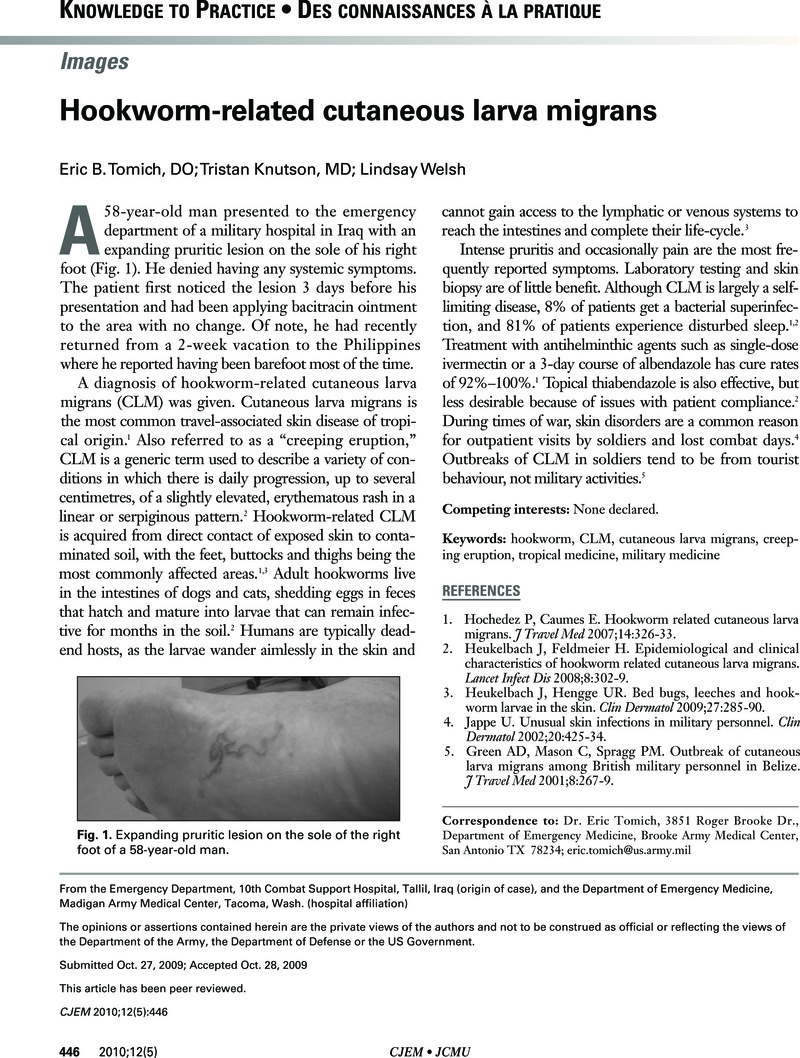Crossref Citations
This article has been cited by the following publications. This list is generated based on data provided by Crossref.
Steinhart, Brian
and
Kosinski, Ann
2011.
[No Title].
CJEM,
Vol. 13,
Issue. 04,
p.
230.
Dadabhoy, Irfan
and
Butts, Jessica F.
2015.
Parasitic Skin Infections for Primary Care Physicians.
Primary Care: Clinics in Office Practice,
Vol. 42,
Issue. 4,
p.
661.





